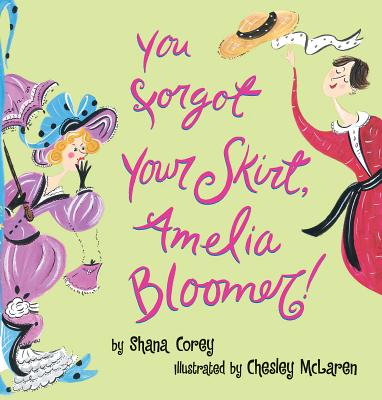Just this past summer, I had a personal experience that
really helped me to build schema for this book. As a result, I devoured this book.
On a Sunday evening, a friend called who had just arrived at
her vacation rental in Ocean City, Maryland. She was vacationing with her family, her sister’s family,
her brother, and her father. Her
brother and father were planning to leave on Tuesday and even with all of those
people in the house, there was still an extra room on its own floor. She was calling to ask if we would like
to join them on vacation for the remainder of the week. As luck would have it, I didn’t have
any other plans for the week (that is quite rare for me) so I planned to start
packing and be down with two kids in tow on Wednesday. The next day, she called to ask if we
would like to join them on a boat trip called “Assateague Adventures.” As I felt we were already “crashing”
their vacation, I was up for whatever was already on the agenda. We were along for the ride, literally
and figuratively. And I’m so glad
we went. Unlike my friend’s
sister, I had not read “Misty of Chincoteague,” so I wasn’t really familiar
with the wild horses of Maryland and Virginia. Through my experience with my friend’s sister and the tour
itself, I learned a lot that helped me understand everything I was reading in
“Wild Horse Scientists.”
Basically, there are two methods of population control for wild
horses. Well, there were three,
but now there are two.
1)
On the Virginia side of Assateague Island (which I had
mistakenly come away from the tour thinking WAS Chincoteague – it is the
Chincoteague National Wildlife Refuge, a “pony swim” takes place where
saltwater cowboys drive the ponies across a channel to Chincoteague, Virginia,
where the ponies are up for auction.
Some implications of this method are that horses tend to have more foals
when their ponies are taken away as opposed to when they are raising their own
offspring.
2)
Out West, on the Pryor Mountain Wild Horse Range in Montana,
there used to be “gathers” sponsored by the Bureau of Land Management. These gathers involved a roundup by
cowboys with the assistance of helicopters. Then once rounded up, some of the horses would be removed
for adoption. These methods were
deemed inhumane and a new method was needed for population control as the wild
horses have no natural predators in the areas in which they were living.
3)
PZP, the method being adopted out west after being piloted on
the Maryland side of Assateague island, involves darting the horses with birth
control that mimics injecting the horses with a porcine (pig’s) embryo casing
tricking the horse’s system. The
method was deemed to be 95-100% effective. Mares are tending to live longer not going through the
stress of delivering many foals over a lifetime.
For me, seeing the photographs of the horses was really
great because on the day that we visited the island, there were no horses to be
seen, which can be expected when dealing with wild animals. Interestingly to me was seeing the
photographs of people in the parking lot and the brazenness of the horse’s
there. For starters, I thought the
only way to visit the island was on this sort of guided tour that allowed you
to visit for a short time and leave the habitat as undisturbed as
possible. But it seems you can
visit the island and even camp there.
I’ll have to look into that the next time we “crash” a vacation in Ocean
City, MD.
The question of how the horses got to Assateague Island
still remains a bit of a mystery with two answers. And maybe both are true.
1)
The horses ended up on the island after a shipwreck.
2)
The horses were released by colonists who would have been
taxed on fencing to keep the horses penned in. By releasing them on an island, they avoided taxation and
still kept the horses contained. The
original offshore banking!
Overall, the information was laid out in a very logical way
for the reader and connections were made between the two different locations
that were most featured: Assateague Island and Pryor Mountain Wild Horse
Range.
The photographs of the
rangers help the readers to imagine the difficulty of the job to let wild animals
live undisturbed while also protecting them from their own overpopulation which
would result in less food and water for the herd and more struggle for
survival.
Kay Frydenborg does a
great job of engaging the reader and telling the story of the wild horses and
the scientists who have studied them over the years.
Wild Horse Scientists
ISBN: 978-0-547-51831-2
Published 2013 by Houghton Mifflin
I borrowed this copy from my public library to read and
review.















